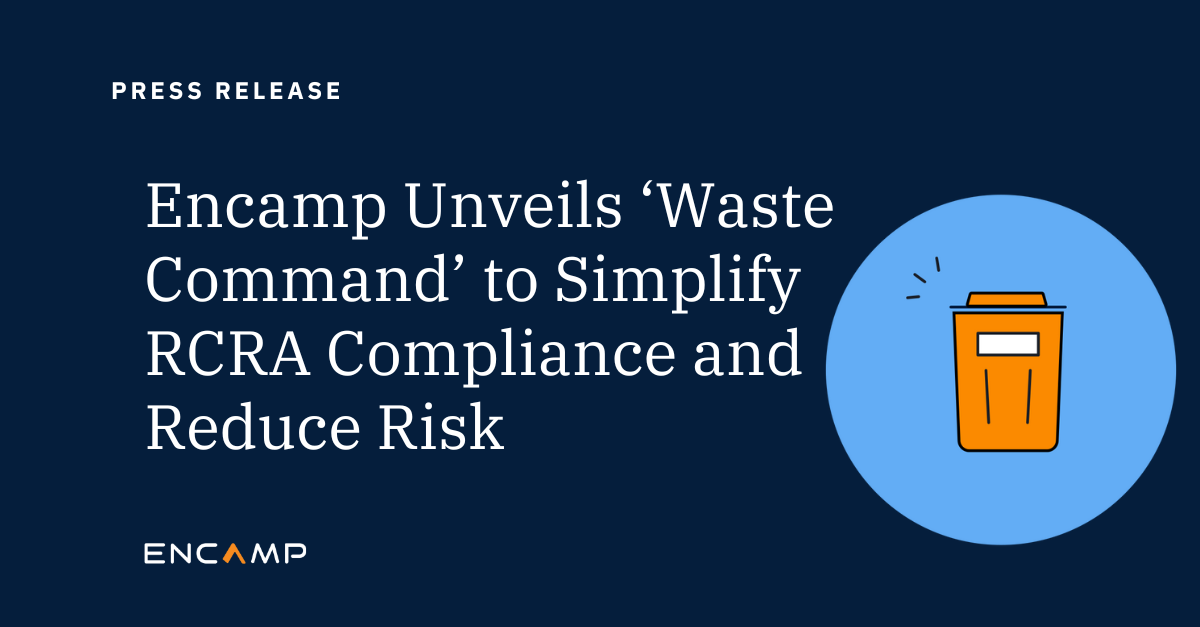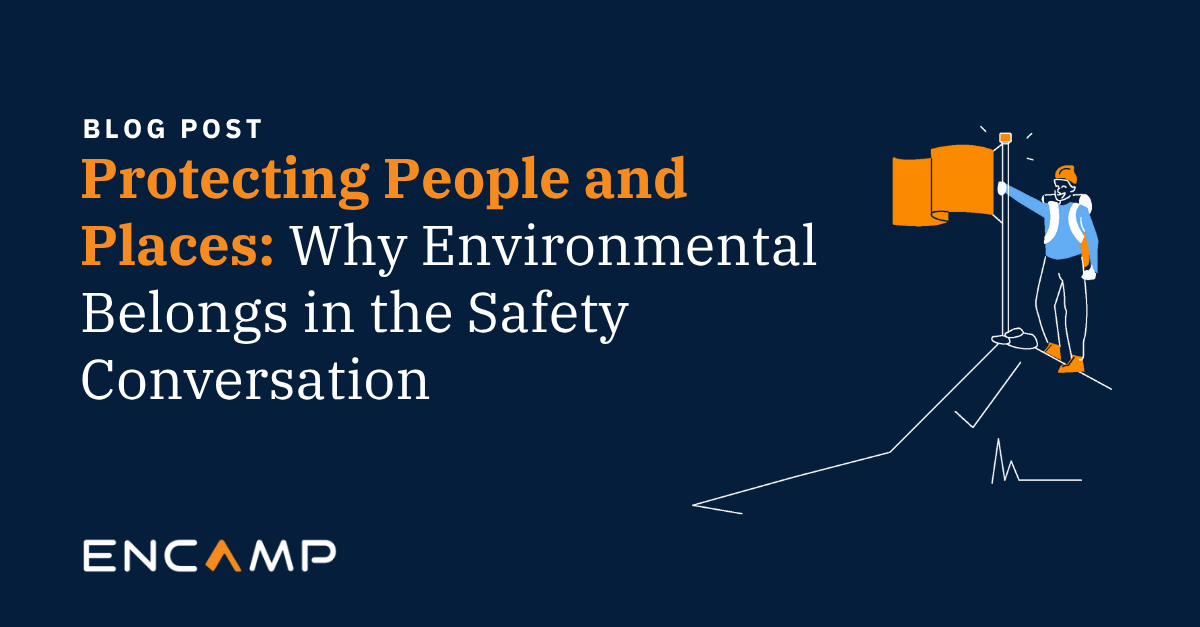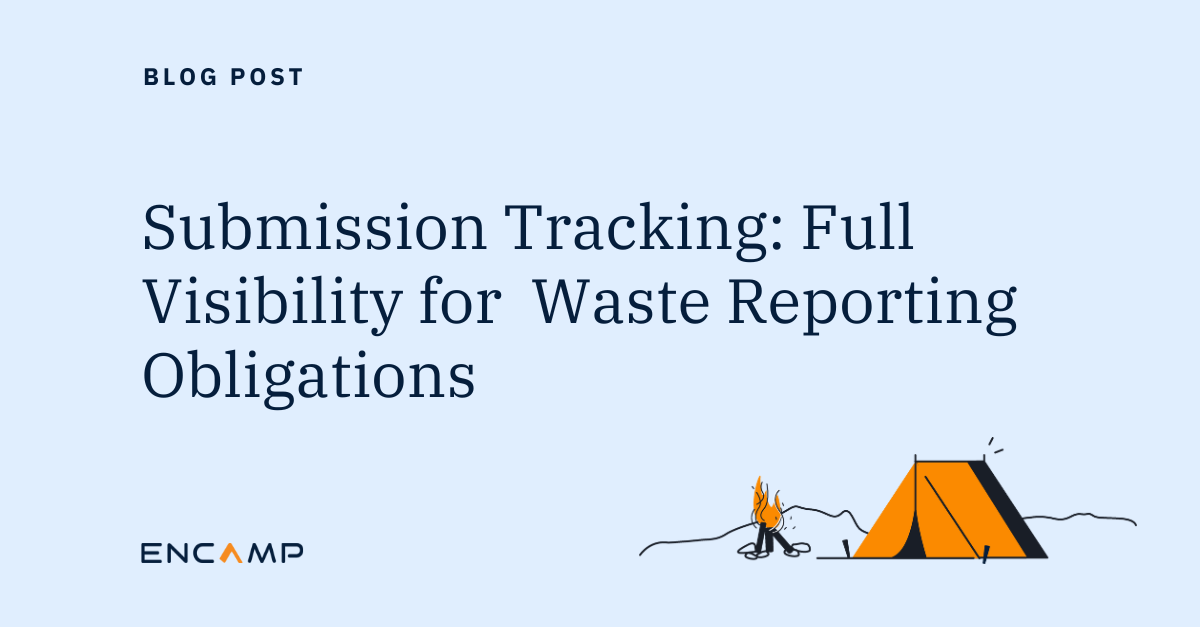Keeping up with EPCRA Tier II/SARA compliance requirements for every state can be incredibly challenging — even for the most seasoned EHS manager. From monitoring state and local thresholds that supersede federal ones, to submitting via challenging state-specific portals, regulated organizations have their work cut out for them. Read on to learn about Tier II reporting guidelines for critical states including California, Texas, Louisiana, and more!
California
HMBPs can be complex.
Handling hazardous materials in California can be tricky, due to factors such as the inclusion of hazardous waste, the compulsory nature of emergency response and training plans, and the variable filing fees implemented by CUPAs (local agencies). Make sure to understand the California-specific HMBP requirements, which in turn satisfy the federal EPCRA Tier II requirements upon accurate submission.
Understand the CERS reporting system and violations.
There are many intricacies of CERS, the reporting submission system for California and the development of its subsequent version, CERS Next Gen, which is anticipated to be released in 2025. It’s crucial to map out the distribution of data from CERS to the Local Emergency Planning Committee (LEPC) and fire departments. Make sure to familiarize yourself with the common errors here: https://encamp.com/tier-ii-reporting/california/.
Categorize chemicals and manage inter-jurisdictional challenges.
It’s important to understand the chemical categorization system in place for regular hazardous substances and extremely hazardous substances (EHS), and the different reporting requirements associated with each one. For instance, EHS chemicals have a specific threshold planning quantity (TPQ) and require aggregation across all products at a facility. In California, meticulousness is needed when managing facilities across various jurisdictions in the state. Maintain an active relationship with the CUPAs, continuously update contact information, and stay aware of potential outstanding fees or violations.
For the complete guide to California reporting, watch the expert-led session here.
Texas
Understand the report structure and submission process.
Tier II reporting is obligatory for facilities that store hazardous substances, where they need to strictly adhere to the various reporting benchmarks set for distinct categories of chemicals. In Texas, the reports must go through the designated online portal called STEERS. Every individual involved in reporting should have separate STEERS accounts. The facilities carry the responsibility of sharing their reports with the LEPCs and the fire department, a measure necessary for a well informed and safe response in the event of an emergency.
Keep up to date with reporting requirements & specifications.
Facilities should stay updated with the Texas Commission on Environmental Quality (TCEQ) website or directly contact them to ensure the right submission particulars as some LEPCs require specific file formats. Additional reports may be required during situations such as bringing new chemicals on premises or ceasing operations at a facility. This attention to detail is essential in ensuring regulatory compliance within the state.
Maintain efficiency.
There are various ways to make the reporting process more efficient and cost-effective. Start the reporting process early, promptly settle fees after submission, ensure accurate contact details, and bundle filings into a single report through STEERS. Consolidate multiple facilities’ reports into a single STEERS submission, and save on fees!
For the complete guide to Texas reporting, watch the expert-led session here.
Louisiana
Understand state and local reporting requirements.
Louisiana requires all chemicals be reported starting at 500 pounds, and for EHSs, it is the TPQ if lower. Certain parishes have additional requirements when it comes to reporting. In particular, reporting for East Baton Rouge, Jefferson Parish, and Assumption Parish will require separate portal submissions with varying fees. Louisiana does not require sitemaps or SDSs, but share a site map if your facility has one.
Know the consequences of inaccurate reporting.
Incorrect or incomplete Tier II reports can have severe consequences in Louisiana, and the state has the ability to impose fees of up to $25,000 per violation. In some cases, lawsuits may be filed against the violating facilities, and the affected parties have been able to prove that the facility did not prepare their reports correctly. For severe infractions, facilities may face temporary closure until the Tier II reporting requirements are fulfilled. Common mistakes, such as vague storage location descriptions, can easily be avoided. Keep your contact information up-to-date as this is essential in case of emergencies.
For the complete guide to Louisiana reporting, watch the expert-led session here.
All States
Understand the definitions and requirements of Tier II Reporting.
Tier II reporting is required when a facility orders hazardous chemicals above a predetermined threshold. For regular hazardous substances in most states, this limit is 10,000 pounds, whereas for extremely hazardous substances, the threshold is the lower of TPQ or 500 pounds. Some states may have lower reporting thresholds. Reporting should include all chemicals at the facility and adhere to state, LEPC, and fire department disclosure standards.
Watch out for state variations in reporting.
There are many variances in state reporting mandates. The thresholds, data requirements, filing fees, and site map necessities can differ, making it crucial for businesses to stay abreast of these variations, especially when managing multiple facilities.
Keep track of key dates and nurture regulator relationships.
March 1st is typically the deadline for Tier II reports, barring exceptions like in California. Start the process early and understand regulator requirements, including maintaining up-to-date contact information. Don’t be afraid to nurture relationships with regulators, which can simplify the compliance process long-term.
Avoid common slip-ups.
Several pitfalls can derail the compliance process, such as forgetting to share reports with LEPC and fire departments or failing to pay fees on time. Maintain documentation as proof of compliance and correctly close out a facility that ceases reporting.
Automate.
Relying on manual processes and disconnected tools distracts your focus and amounts to a loss of productivity and the potential for compliance errors. Encamp automates Tier II reporting by facilitating the submission of reports and assisting with the payment of fees, in addition to providing increased visibility of chemicals on site and data pipeline and SDS automation. Learn more about Encamp’s unique approach here.
For the complete guide to reporting in all states, watch the expert-led session here.
Understanding and implementing these key takeaways can help your organization tackle Tier II reporting more efficiently and effectively. Staying ahead of changing regulations, establishing good relationships with regulators, avoiding common mistakes, and leveraging technology can lead to smoother operations and ensure you stay on the right side of the regulations.
Encamp is an enterprise technology company that automates EPCRA Tier II and HMBP compliance. Encamp transforms compliance programs and human processes into a technology-driven system that lays the foundation for accurate and ongoing environmental compliance. Over 200 businesses, including a growing number of businesses listed in the Fortune 1000 and Fortune 100, now use Encamp in more than 18,000 regulated facilities throughout the United States. Encamp has filed over 27,000 reports on behalf of enterprises using a blend of high-tech software solutions, backed by high-touch expert support.
Eugene Simonds
Eugene Simonds is a Compliance Program Manager at Encamp and a former Environmental Engineer. In his previous role as a consultant, he specialized in multimedia environmental compliance across a broad range of clients and industries. A licensed Professional Engineer (PE) and certified RCRA/DOT/HAZWOPER, his passion is simplifying the environmental compliance experience for everyone.



